BROWSE ALL
Over-the-Counter Guides
Expert-curated over-the-counter (OTC) guides providing comprehensive, easy-to-understand information. Access reliable, up-to-date self-care information based on the same guidelines your doctors follow.
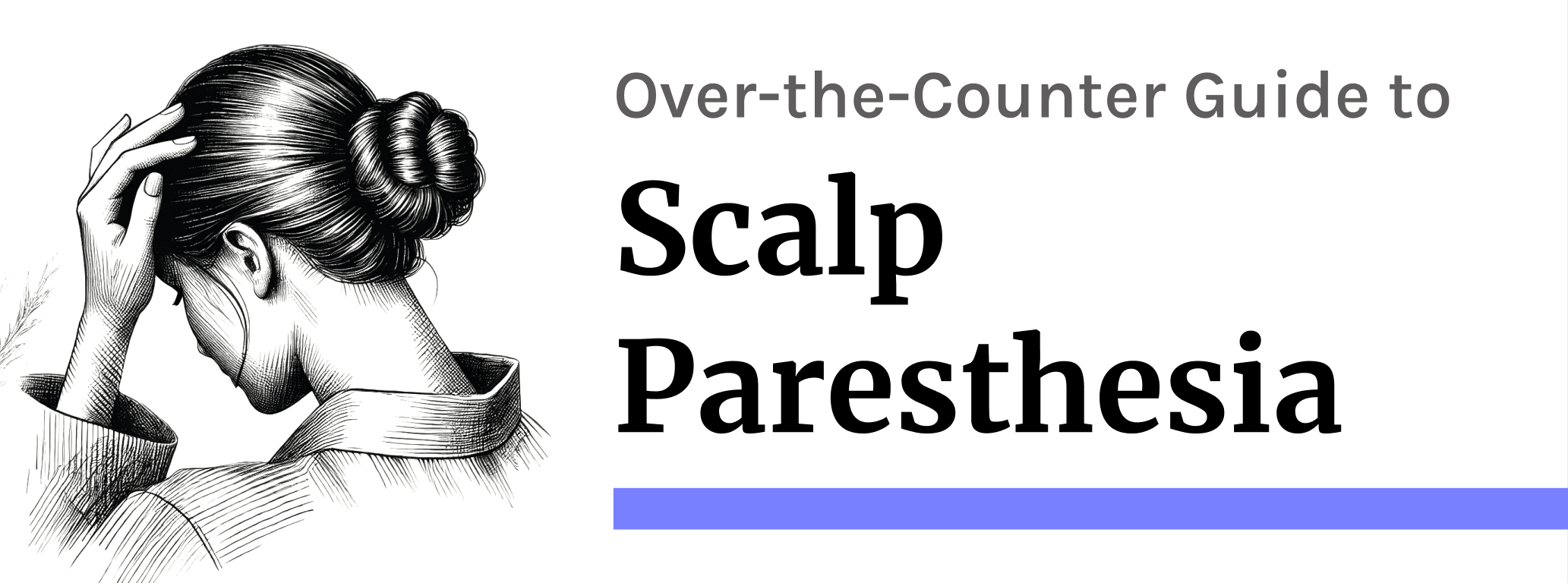
January 22, 2025
Tingling or Cold Sensations at the Back of Your Head
Experiencing tingling, shock-like, or cold sensations at the back of your head are often caused by temporary nerve irritation, known as paresthesia, and is usually harmless. Improve posture, try gentle massage, or use a warm compress to alleviate symptoms, which typically resolve within a few days. Seek medical attention if symptoms persist beyond a week or if additional symptoms like numbness or headaches develop.
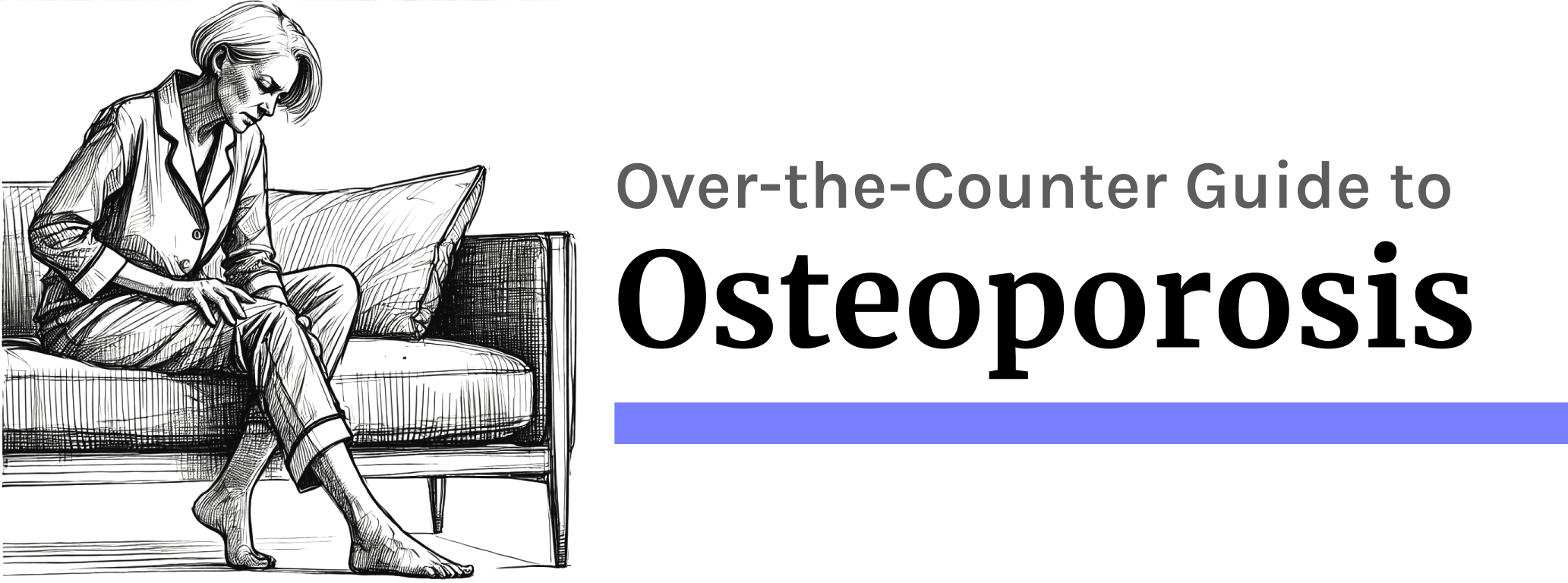
January 16, 2025
Preventing Osteoporosis: Doctor-Recommended Strategies for Restoring Bone Density
Prevent disease progression with calcium (1,000–1,200 mg/day), vitamin D (800–1,000 IU/day), and weight-bearing exercises like walking or resistance training. Prescription treatments such as bisphosphonates or SERMs are options for high-risk patients.
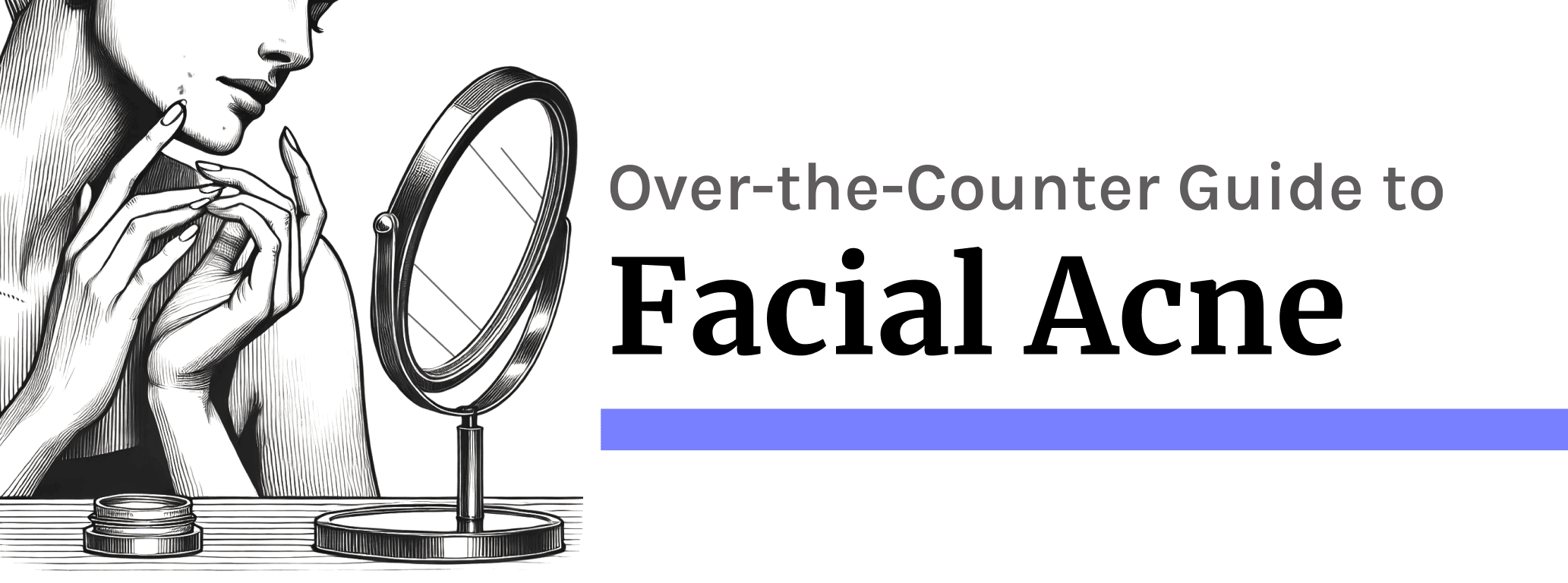
January 15, 2025
Acne: Best Dermatologist-Recommended Affordable Treatments
Manage acne effectively with expert-recommended over-the-counter treatments like benzoyl peroxide (2.5–10%) and adapalene (0.1–0.3%), both proven to reduce inflammation, unclog pores, and prevent new breakouts. Salicylic acid (0.5–2%) and azelaic acid (10–20%) are also effective, especially for sensitive or darker skin, targeting inflammation, blackheads, and discoloration. For best results, use consistently for 12 weeks and consult a doctor for prescription options like antibiotics or stronger retinoids if needed.
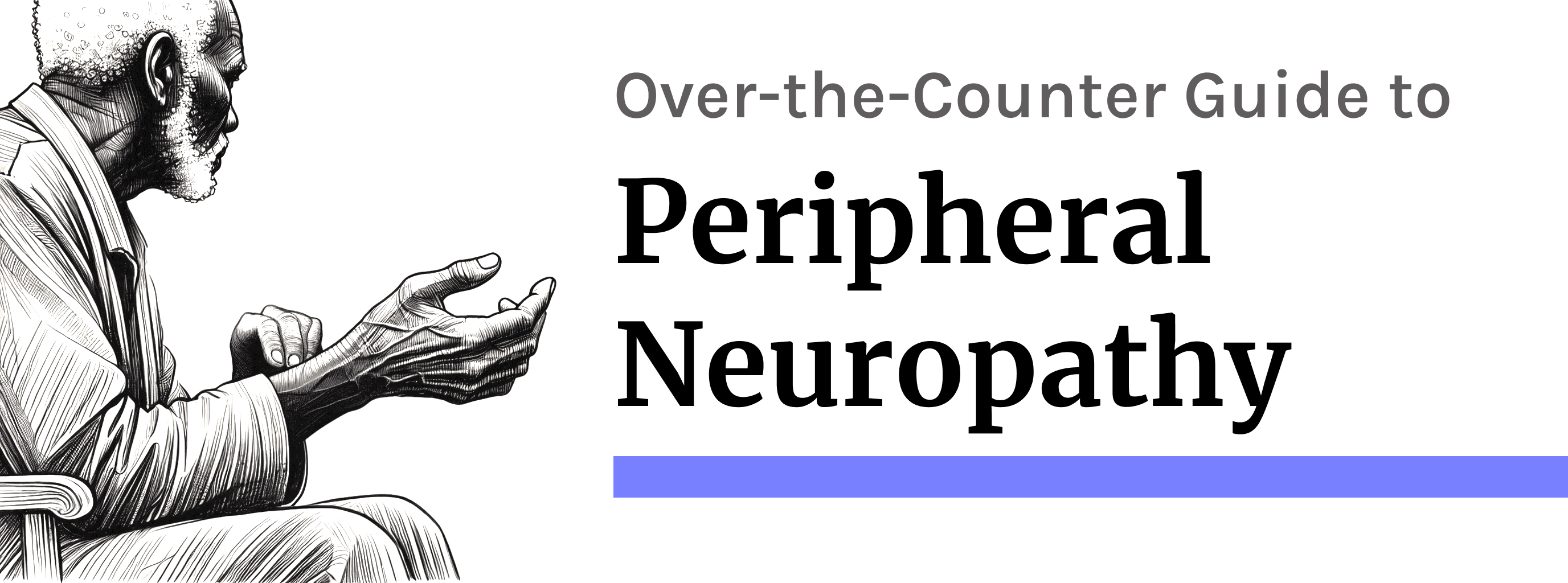
January 14, 2025
Peripheral Neuropathy: Best Over-the-Counter Pain Relief
Over-the-counter options include lidocaine cream or patches (max 4% strength), applied 12 hours on and 12 hours off, for localized pain relief. Capsaicin cream (0.075%) may also help by desensitizing nerves but can cause initial discomfort; avoid in diabetes. For moderate-to-severe cases, prescription medications like gabapentin, pregabalin, duloxetine, or amitriptyline may be necessary, along with professional evaluation for refractory cases.
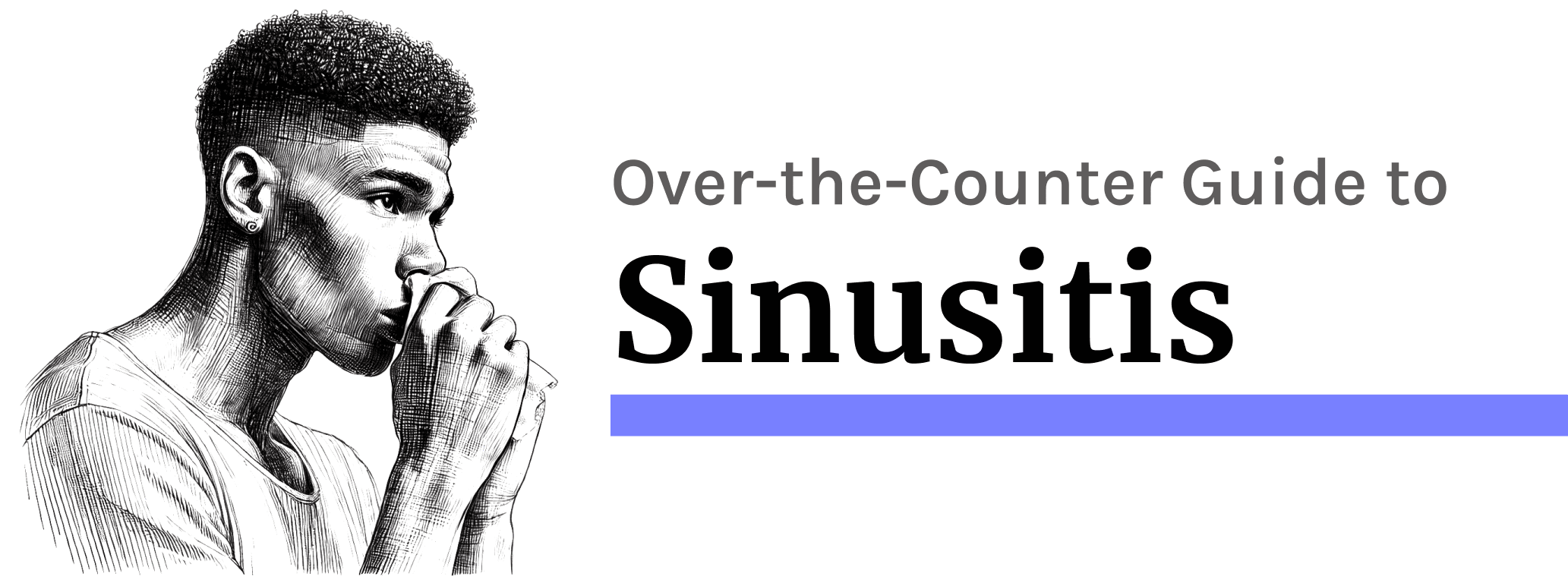
January 14, 2025
Sinusitis: Doctor’s First Choice Treatments
Manage sinusitis with saline nasal irrigation (1–2 times daily) and/or intranasal corticosteroids, such as mometasone (2 sprays per nostril once daily). For short-term relief, intranasal decongestants like oxymetazoline may be used but should be limited to 3–5 days to prevent rebound congestion. Avoid antihistamines unless sinusitis is clearly allergic and systemic steroids due to limited efficacy and side effects.
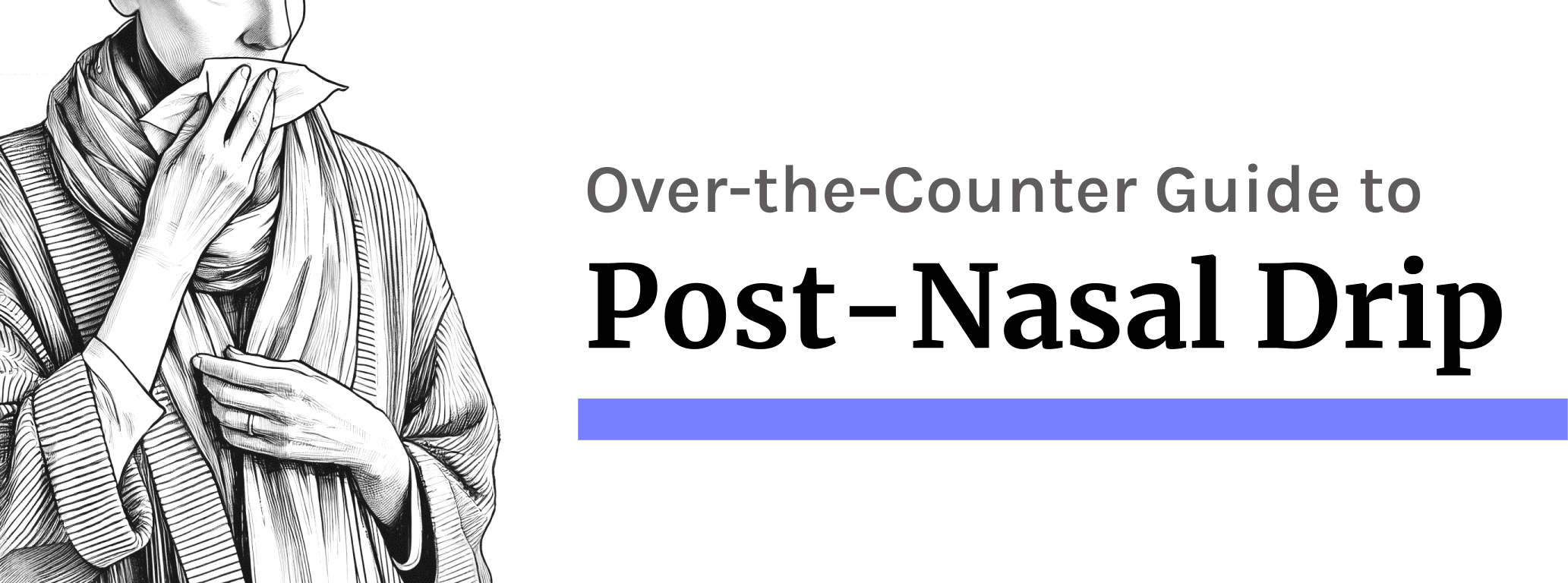
January 14, 2025
Post-Nasal Drip: Best Doctor-Recommended OTC Treatments
As recommended by the ACCP, with symptom improvement expected within 1–2 weeks. Manage postnasal drip with a first-line combination of a first-generation antihistamine and a decongestant (e.g., chlorpheniramine and pseudoephedrine). For partial or persistent symptoms, try intranasal steroids (fluticasone propionate) or antihistamines (azelastine) to reduce inflammation. Persistent or recurrent symptoms may require further evaluation.
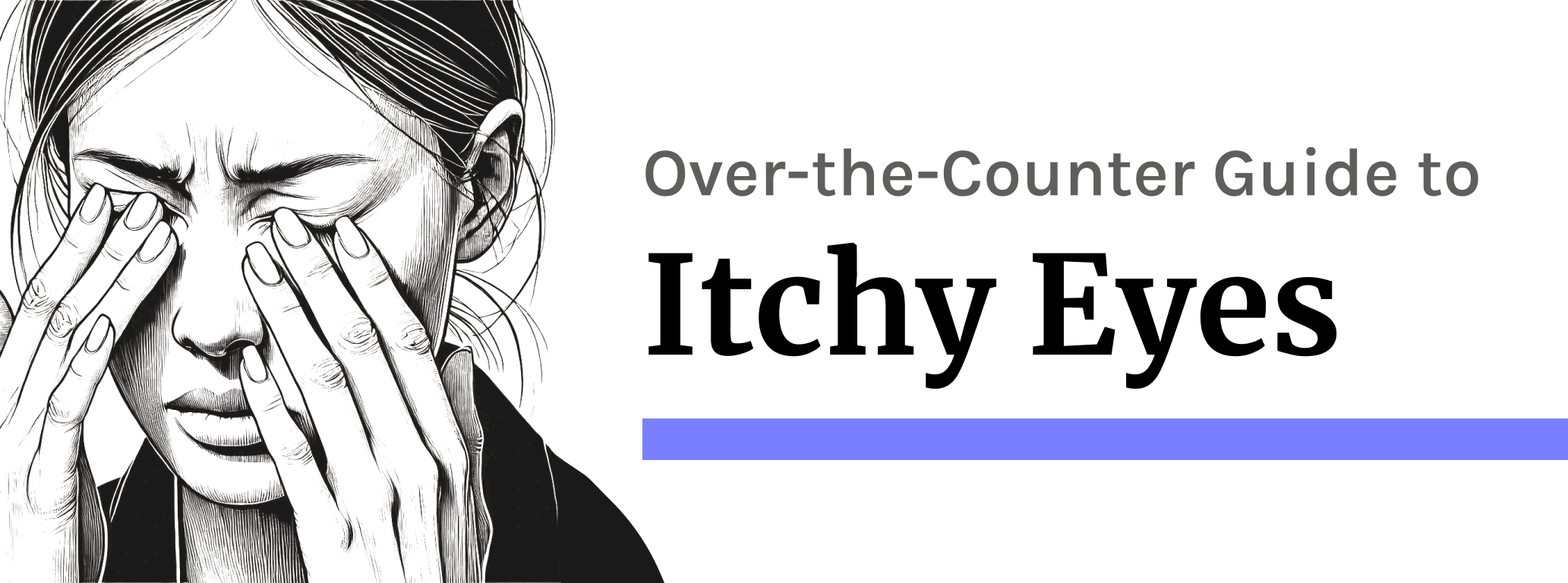
January 14, 2025
Allergies with Itchy Eyes: Best OTC Solutions
For symptom relief, apply cold compresses and use preservative-free artificial tears as needed. If symptoms persist, antihistamine eye drops (e.g., ketotifen 0.035%) can control itching and redness. Severe or refractory cases may require prescription corticosteroid eye drops, oral antihistamines, or allergen-specific immunotherapy under medical supervision.
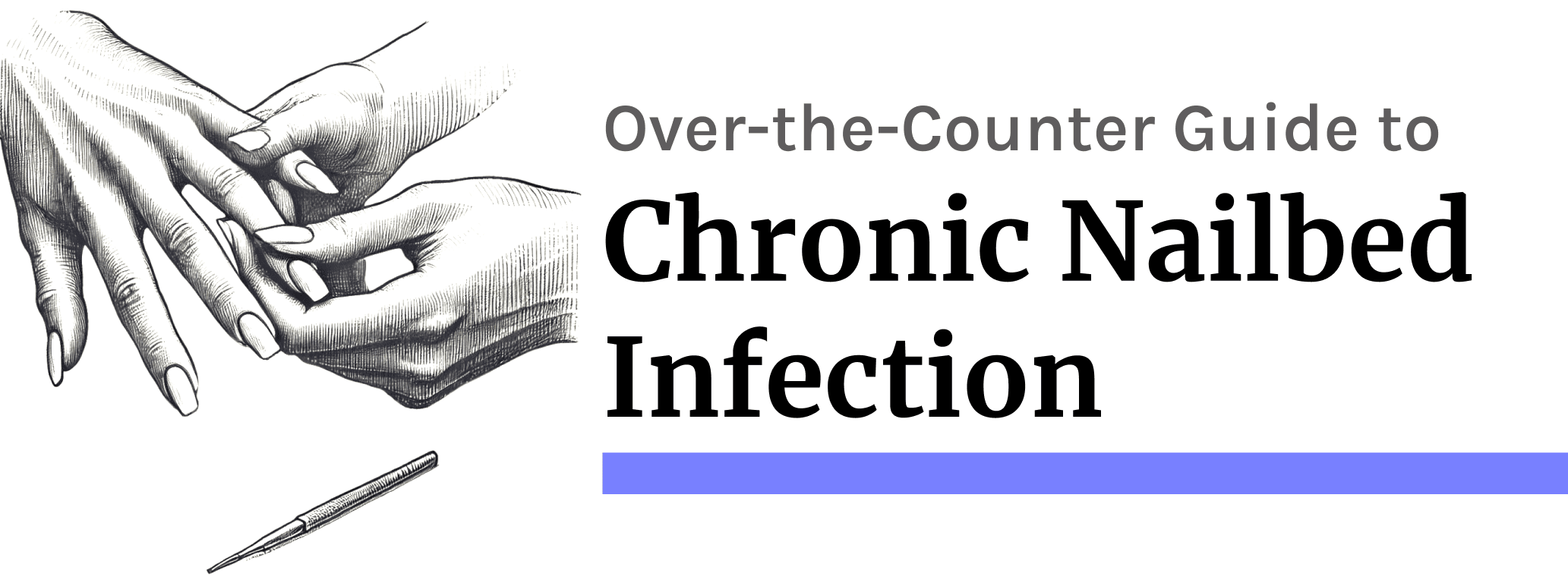
January 14, 2025
Chronic Nailbed Infections: At-Home Doctor-Recommended Treatment
Manage nail infections lasting more than 6 weeks by avoiding irritants, prolonged water exposure, and nail trauma. First-line treatments include topical hydrocortisone 1% ointment applied daily for up to 3 weeks, and warm soaks with water, Burow’s Solution, or vinegar. For refractory cases, calcineurin inhibitors like tacrolimus 0.1% are effective, with surgery considered only for persistent cases.
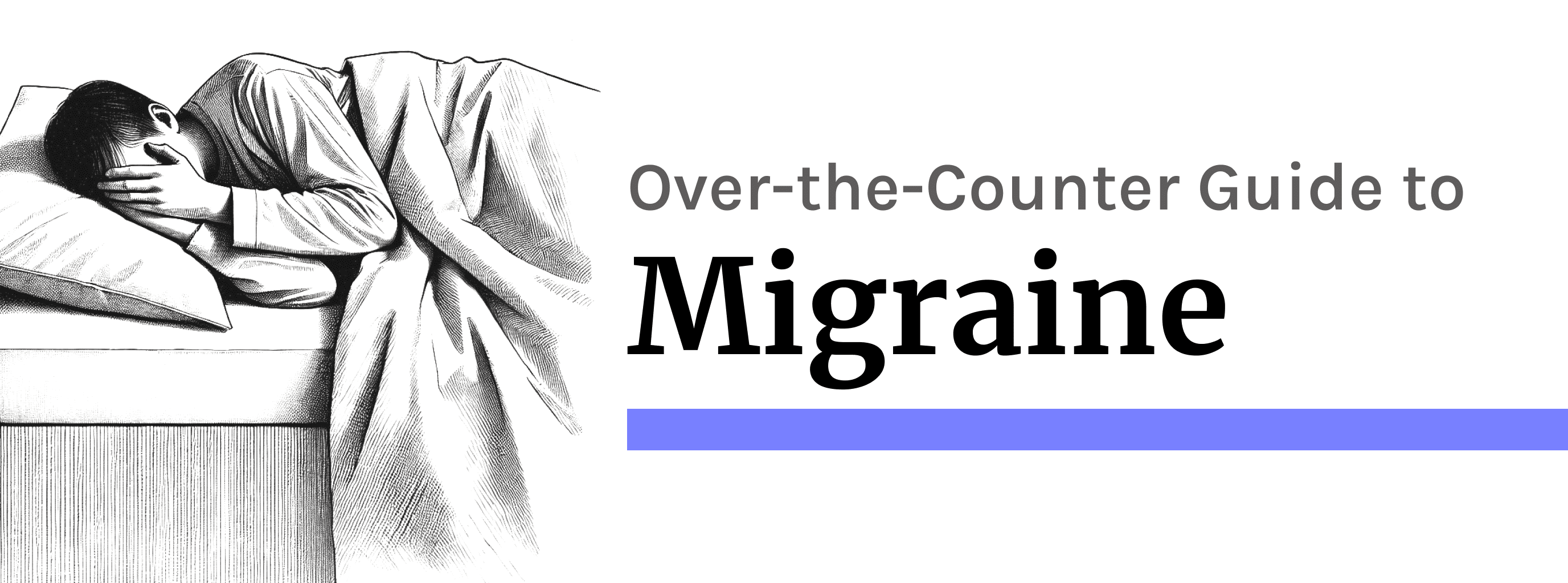
January 14, 2025
Migraines: Best OTC Medications Doctors Recommend
Manage migraines with first-line over-the-counter treatments like acetaminophen-aspirin-caffeine combinations or NSAIDs (e.g., ibuprofen) for acute relief, as recommended by leading guidelines. If these fail, doctors may prescribe triptans (e.g., sumatriptan) or newer CGRP inhibitors (e.g., rimegepant). Frequent migraines may require preventive strategies, including beta-blockers or anticonvulsants, with further evaluation for persistent or severe cases.
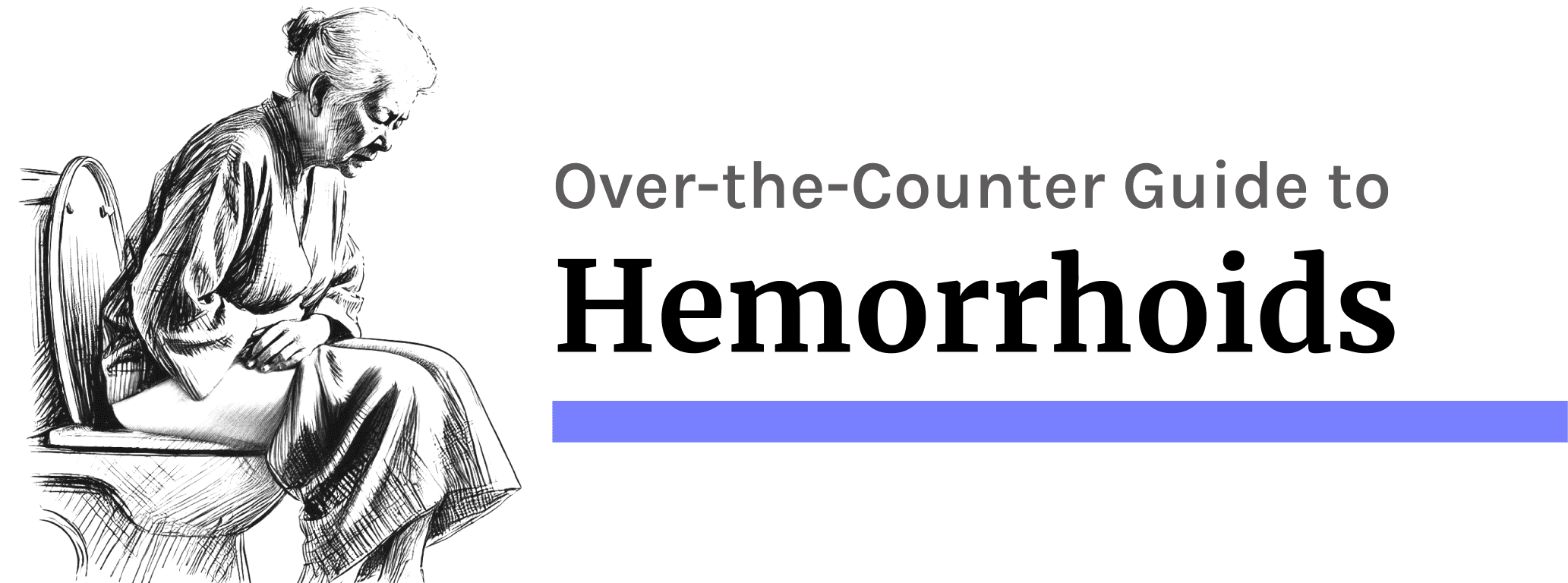
January 14, 2025
Hemorrhoids: Best Over-the-Counter Initial Treatment Steps
Standard of care for hemorrhoids is a trial of conservative management. Manage with dietary fiber (20–30 g/day) and warm sitz baths, enhanced with Epsom salts for pain relief. For temporary symptom control, use lidocaine gel for pain, phenylephrine cream or suppositories for vasoconstriction, and hydrocortisone 1% cream for inflammation. Short-term laxative therapy, like polyethylene glycol (PEG), can help soften stool and promote healing.